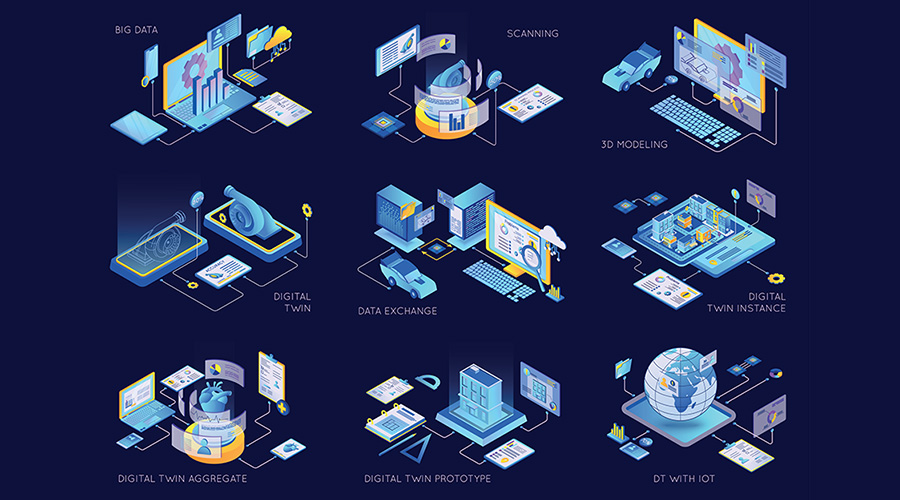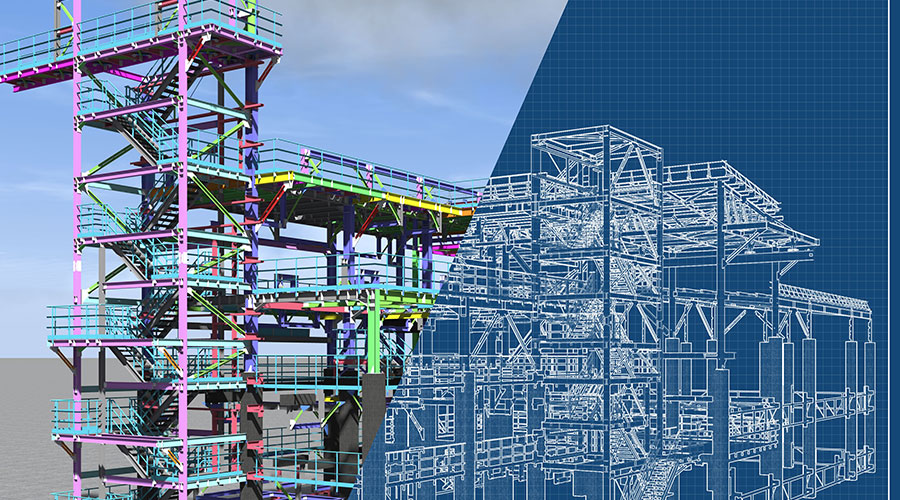CMMS: Laying Groundwork for New Systems
The process of mobilizing front-line technicians with a new or upgraded CMMS requires that managers attend to a host of issues that, while not as cutting-edge as incorporating mobile devices, are nonetheless essential and basic elements of success.
Take the issue of data. If the new CMMS does not support more effective data management — from gathering and storing it effectively to analyzing and reporting it clearly — mobile devices will not make much difference in terms of the software's success. The process often starts with accurate data to test a new CMMS.
"The biggest challenge is getting accurate data into the system," Carnot says. "Large amounts of data needed to be reviewed, cleansed and loaded. We found it was impossible to migrate any of that data directly into our new system without a significant scrubbing process and then ultimately a conversion of the information."
One solution to the data-management challenge relates to staffing, Carnot says.
"Have a long implementation time and in-house staff and consultants dedicated to the project prior to the start of implementation," she says. "Staff up the project before you kick it off. That will lead to more continuity and smoother sailing."
Another strategy for tackling the data issue at the University of Wisconsin involved the use of a test site.
"First, we had a 'sandbox' test version that (technicians) could have access to," Reiner says, adding, "We took our database and sent it to the vendor, and they put it into the upgraded version for us to work in. So it's our task codes, our buildings, our areas. Everything is as though it's what we'd be doing, except it's all in a test format." The sandbox strategy helped technicians feel more comfortable manipulating the data without fear of making potentially costly mistakes.
"All of our building supervisors and mechanics in their shops have PCs," he says. "We gave them access to the test server, and we allotted time during the day. We encouraged them to take 15 minutes when it's a little bit slow and look at (the test server). We started with the very basic things they needed to know — how to find a work order, how to put their time in it, to put their comments into it, and close the work order when it's done.
"We just went through them over and over. Then, in their shops, I and one of my co-workers went to every shop and sat down with them and went over it again. We trained and we trained and we trained. We build up a confidence level that they can do it and it does work."
Attention to the human element in CMMS specification and implementation also extends to the team responsible for the process's success. For Susman, the CMMS installation has created challenges related to her own role.
"I'm playing multiple roles, which is not always the best thing," she says. "Usually, you want your project manager to be more objective than that. I manage project, be the developer, handle database issues, work with the vendor. I have to be the technology lead and, at the same time, work with any functional gaps on the team." How has she adapted to the role?
"It is hard to be objective about your own tasks if you are the one prioritizing them," she says. "I have tried to manage this issue by trying to relax more and not be too technical in my presentations."
Related Topics:













